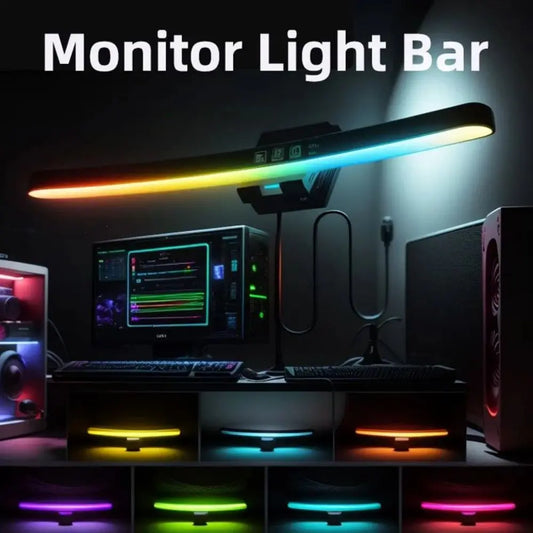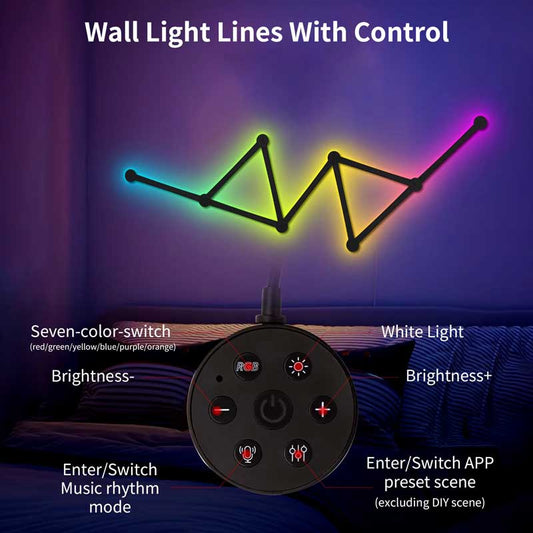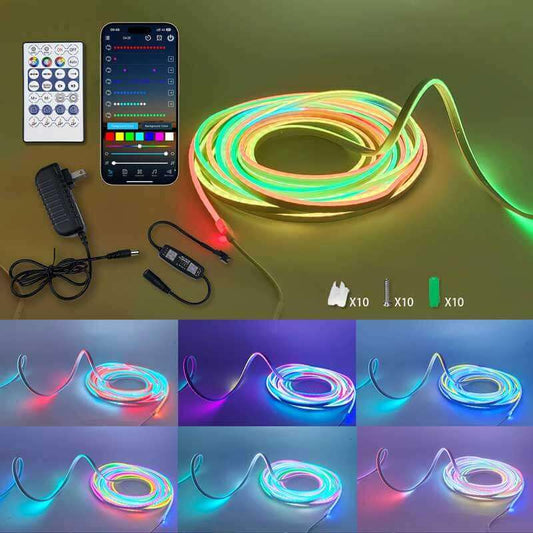What are the best practices for installing motion sensor lights effectively?
Share
Installing motion sensor lights effectively involves proper planning and execution to ensure optimal functionality and performance. Here are some best practices to consider when installing motion sensor lights:
-
Choose the Right Location: Select strategic locations for installing motion sensor lights based on your specific needs. Consider areas where enhanced security or improved visibility is desired, such as entryways, driveways, pathways, and dark corners.
-
Position the Sensor Correctly: Position the motion sensor in a way that maximizes its field of view while minimizing potential sources of interference. Ensure that the sensor is aimed at the target area and is not obstructed by objects like plants or decorations.
-
Adjust Sensitivity Settings: Fine-tune the sensitivity settings of the motion sensor to strike a balance between detecting motion accurately and avoiding false alarms triggered by non-threatening movements. Test the sensitivity level after installation to ensure it aligns with your requirements.
-
Consider the Range: Take into account the detection range of the motion sensor lights to ensure adequate coverage of the intended area. Position the lights at an appropriate height and angle to optimize the range and effectiveness of the sensor.
-
Ensure Proper Wiring: If the motion sensor lights are hardwired, ensure that the wiring is done correctly and safely to prevent electrical hazards. If you are not familiar with electrical work, consider hiring a professional electrician for the installation.
-
Weatherproofing: If installing outdoor motion sensor lights, choose fixtures that are weatherproof and suitable for outdoor use. Ensure that all connections are properly sealed to protect the lights from moisture and other environmental factors.
-
Test the Lights: After installation, test the motion sensor lights to verify that they are functioning as expected. Walk within the detection range to confirm that the lights activate promptly when motion is detected.
-
Combine with Other Lighting: Consider integrating motion sensor lights with other lighting fixtures, such as floodlights or pathway lights, to create a comprehensive lighting setup that meets all your illumination needs.
-
Regular Maintenance: Periodically check the condition of the motion sensor lights, clean the sensors and bulbs, and replace any worn-out components to maintain optimal performance.
-
Review Local Regulations: Before installing motion sensor lights, familiarize yourself with any local regulations or restrictions that may apply to outdoor lighting installations in your area.
By following these best practices for installing motion sensor lights effectively, you can enhance the security, convenience, and energy efficiency of your home lighting system while ensuring reliable operation for years to come.




